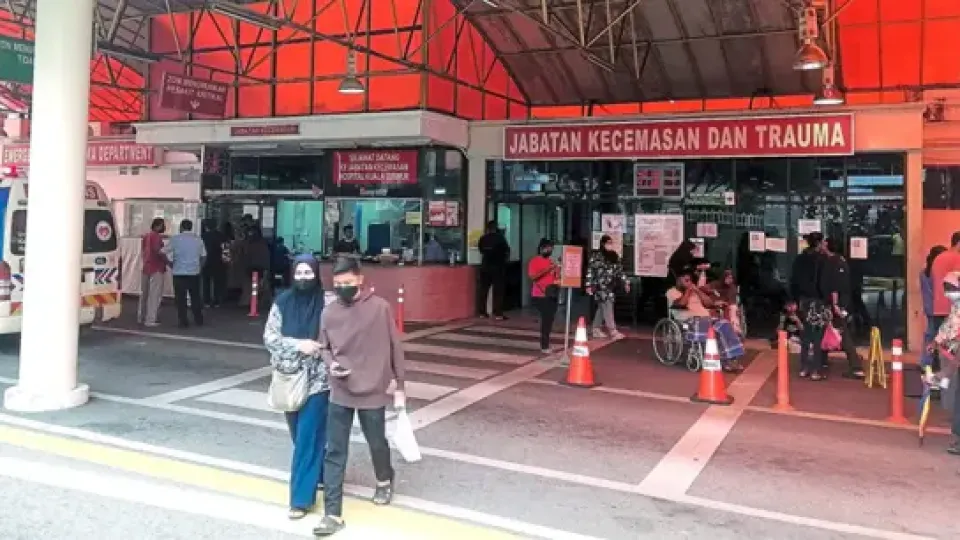February 12, 2025
PETALING JAYA – Going by Datuk Seri Dr Dzulkefly Ahmad’s assertion, 2025 marks a pivotal year of implementation.
The Health Minister made the pledge on Feb 2 in relation to digital transformation in healthcare.
“We’ve digitalised key services, reducing waiting time in major primary care clinics from three hours to just 30 minutes,” he wrote in his post on X.
Dzulkefly said the initiative, which began with 107 clinics in 2007, had expanded to 159 clinics this month, which represented an increase of almost 49%.
“2025 is the year we walk the talk!” he said.
It is a good start but a chat with government doctors indicated that the list of challenges remained long.
They cited factors such as understaffing, poorly maintained equipment and inadequate beds that are impacting their ability to attend to the endless flow of patients.
Furthermore, they claimed that transfers and placement of staff are not being done according to the needs of the various departments of a hospital.
Several doctors, who declined to be named, pointed out that the manpower shortage was further exacerbated by the maldistribution of staff at government hospitals throughout the country.
A senior clinician, who is with a public hospital in a northern state, said patient volume is on the rise especially in smaller states due to the limited number of private hospitals there.
He was of the view that a “flawed” distribution of staff was compounding the problem as the doctor-patient ratio was not met.
“Ideally, in a 40-bed ward, there should be five medical officers and two specialists on duty. However, due to the uneven distribution, we have departments with more staff than it needs,” he said.
This was despite the fact that there is an acute shortage of manpower, he added.
“Without manpower planning, how do we organise a workable system?”
Another doctor, who has served in several government hospitals over the years, spoke about infrastructure failures.
“Government hospitals are as well-equipped as our private counterparts but maintenance of the equipment is poor,” he said.
He cited a case in Sabah in which a number of old autoclave machines, which are essential for the sterilisation of medical devices and surgical tools, broke down due to poor maintenance.
“Sometimes, even the elevators don’t work. There were days when we went through disruption in water and electricity supply,” he said.
“All these situations are hampering healthcare services to the public.”
He estimated that there is a shortage of medical staff by at least 30% in the public healthcare sector and agreed that the maldistribution of personnel had worsened the situation.
“A shortage of anaestheticians at certain hospitals is hindering surgeries from being conducted. The situation is the same across the country with some more severe and others to a lesser extent,” he said.
As for the wards, he said that some of them are so packed that beds are placed too close to one other.
Social activist Kuan Chee Heng, who runs a free ambulance service in the Klang Valley, described the situation at Hospital Kuala Lumpur (HKL) as a “war zone” with staff barely having time for a break.
Better known as Uncle Kentang, he said there should be initiatives to “free up” HKL of non-serious cases so that it could promptly attend to patients in critical health conditions.
The health clinics could be utilised to attend to less serious cases, he said, adding that volunteers like retired nurses could be enlisted.
“We will see progress sooner if we work together. The situation is critical at this point,” he said.

